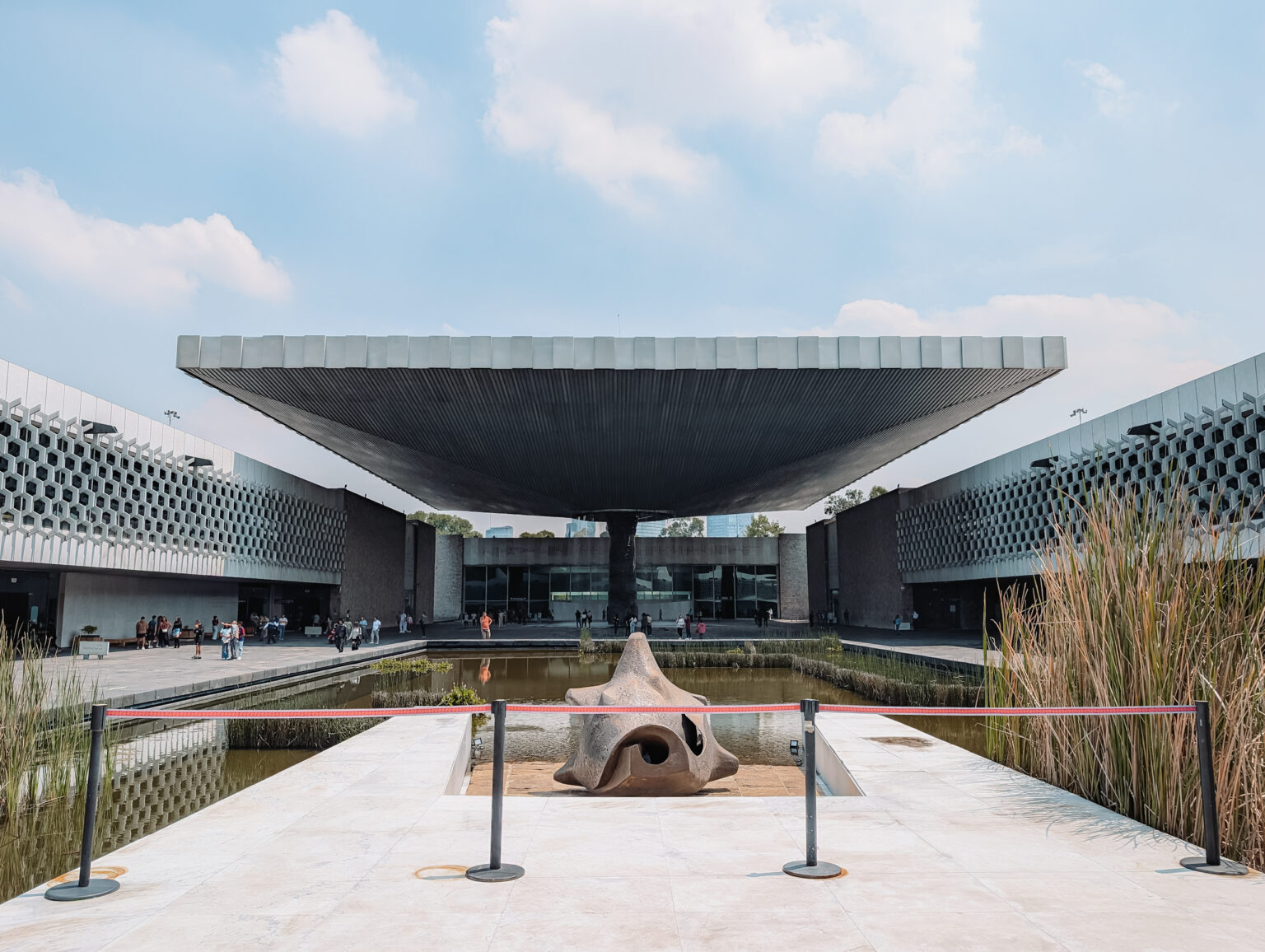Disclaimer
The photos in this post were taken between September 22 – September 30, 2024. There were a number of things occurring in the country during this period and the following days that required barricades to be put up in front of many of the public buildings in the city center. On October 1, the new president of Mexico was inaugurated. On October 2, the country commemorated and protested the acknowledgement of the Tlatelolco massacre, an event where the Mexican army opened fire on a large student protest. And on September 26, there was a protest regarding the disappearance of 43 students in 2014. You can read more about each of these events in news stories linked within this disclaimer. The barricades seen in these photos are not normal or typical for Mexico City.
Disclaimer
Mexico City is one of the oldest cities in the world, and as a result, it has a plethora of things to do and explore. It can be overwhelming to evaluate what is best to do so we put together this sample itinerary with the primary activities that first-time tourists should visit. Mexico City is an excellent place for anyone to visit. There is so much archaeology, art, culture balanced with delicious food and fun places to go out.
Day 1: Getting to Know the City Center of Mexico City
A Free Walking Tour of the Historic Center of Mexico City
To start your time in Mexico City, we recommend doing a walking tour of the historic center of the city. This area is layered (physically and conceptually) with so much history and visiting it through a tour will give you the most context about the site and the different societies that have occupied it.
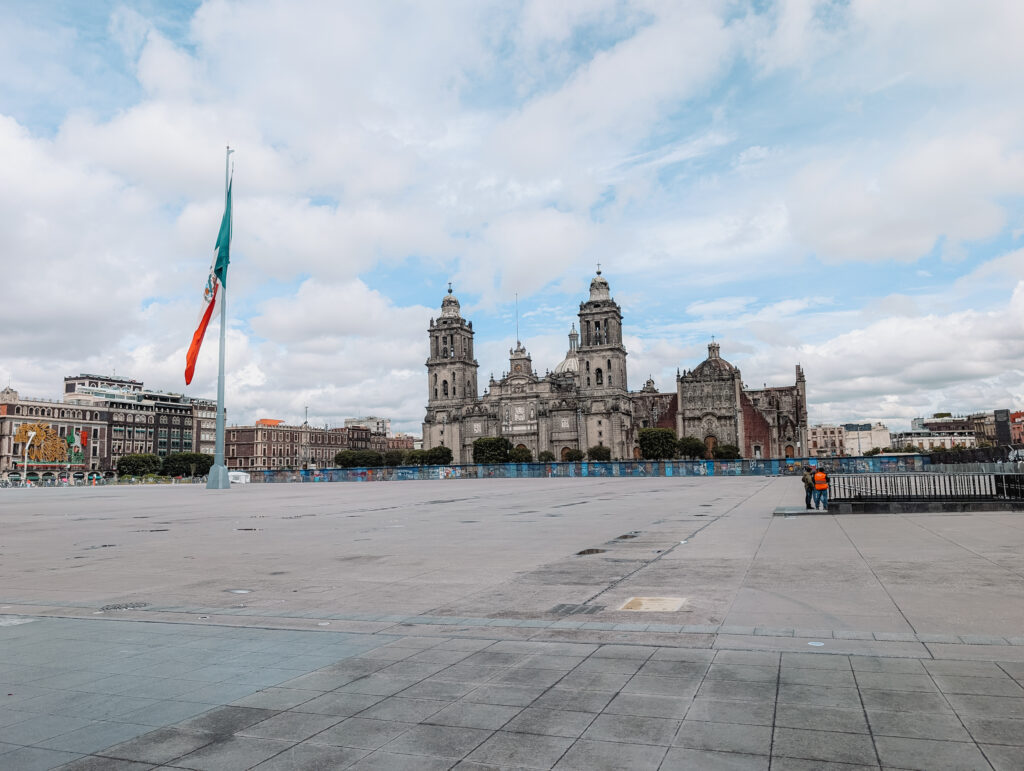
Mexico City’s historic center is located on top of the ruins of the Aztec (Mexica) people. (The Aztec (Mexica) name for this city is Tenochtitlan.) It was common for the Spanish to build over the important sites of the people they had conquered to show their political and religious domination. As renovations and adjustments have been made in the historic center to the colonial and post-colonial architecture, more and more ruins have been discovered, some of which are now displayed in the National Museum of Anthropology.
This free walking tour by Estacion Mexico is the perfect tour to give you the context of the place that you are visiting. They balance the conversation between historical events and architecture, current issues within Mexico City, important cultural experiences, and museums that you could potentially visit during your time in Mexico City all while walking you through the most important and famous sites of the city. The tour is tip-based and the guides are incredibly knowledgeable and passionate about the city and history of Mexico.
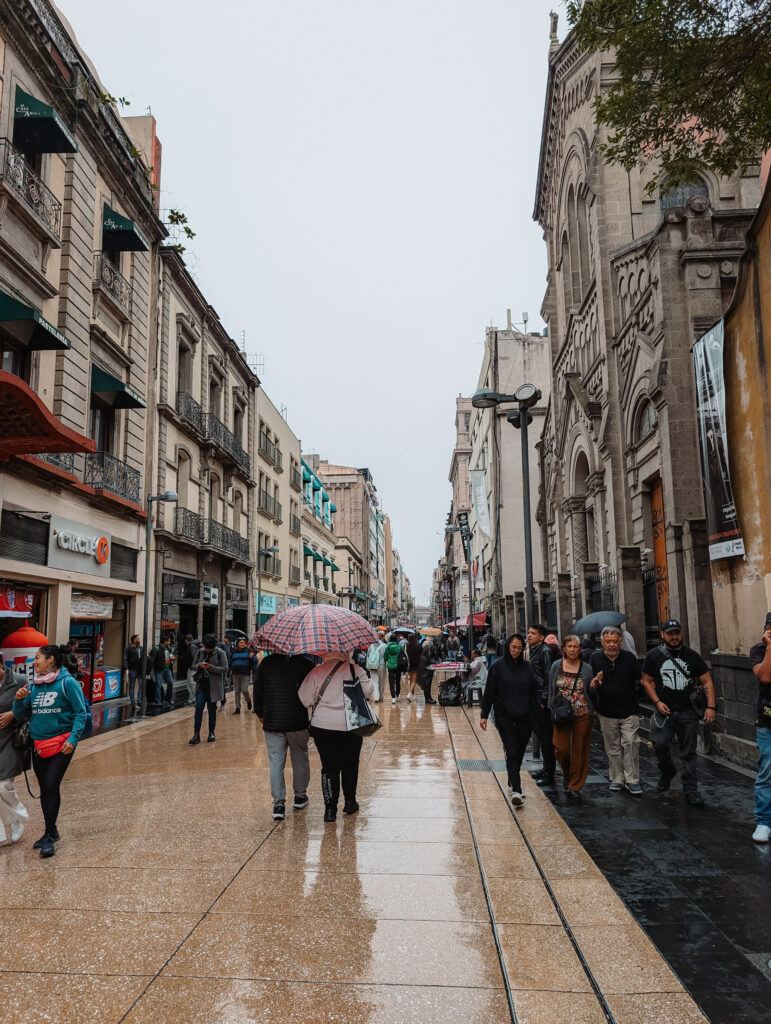
This company has other free walking tours of different neighborhoods throughout Mexico City and you can build them into your itinerary if you find them interesting or save them for future visits to the city.
Food Options for After the Tour
For great casual tacos, you can head to Restaurante Taqueria Los Cocuyos. With an area to sit down inside and order food from a waiter, it is the perfect place to sit down after a long walking tour. And the tacos are delicious!
For churros, head to Churreria El Moro in the city center. This place is a sweet-tooth’s delight with a variety of desserts. One churro order comes with 6 churros (enough to share if you are full from the tacos) and you can pick the sauces to dip the churros into.
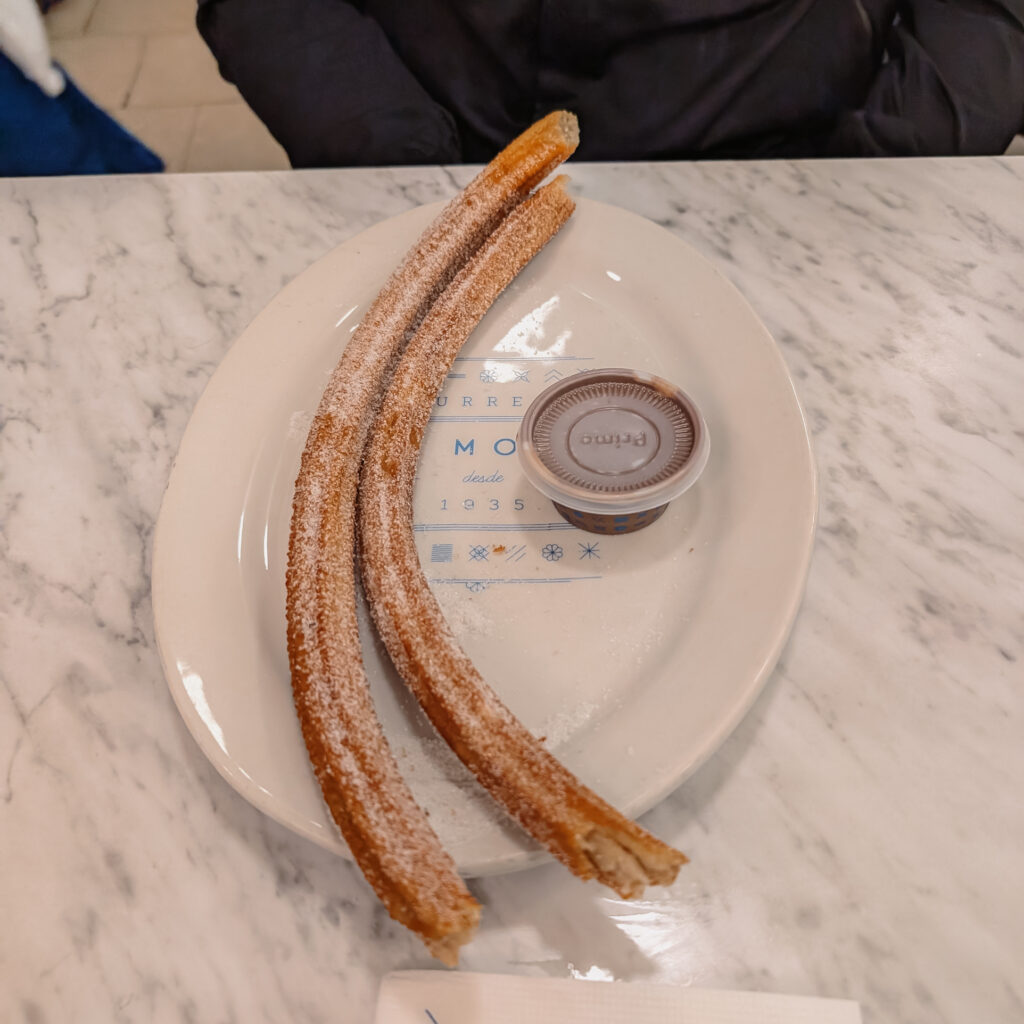
The Basilica of Our Lady of Guadalupe (both new and old) of Mexico City
After eating lunch, take public transportation to the Basilica of Our Lady of Guadalupe. The church in the city center is an important cathedral but it is this basilica (dedicated to Mary) that the people of the city really value. In fact, the church holds a mass every hour throughout the week.
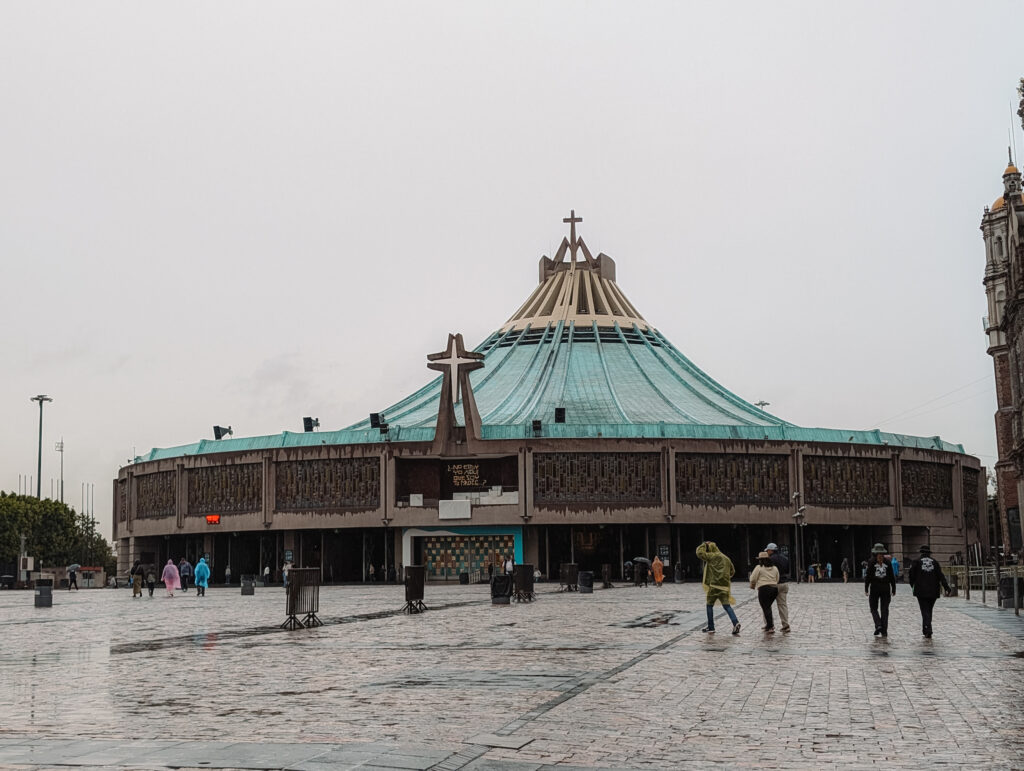
This basilica is modern and uniquely designed. People from any religion can come here and appreciate the beautiful architecture of this building. Adjacent to the modern basilica is the ancient church. When standing in the plaza, you will see that the building is sinking into the ground (like many other historical buildings throughout the city!)
While you can get a tour of the basilica, or have it part of another tour, it is very easy to visit the basilica on your own and see the complex with the two basilicas without a guide.
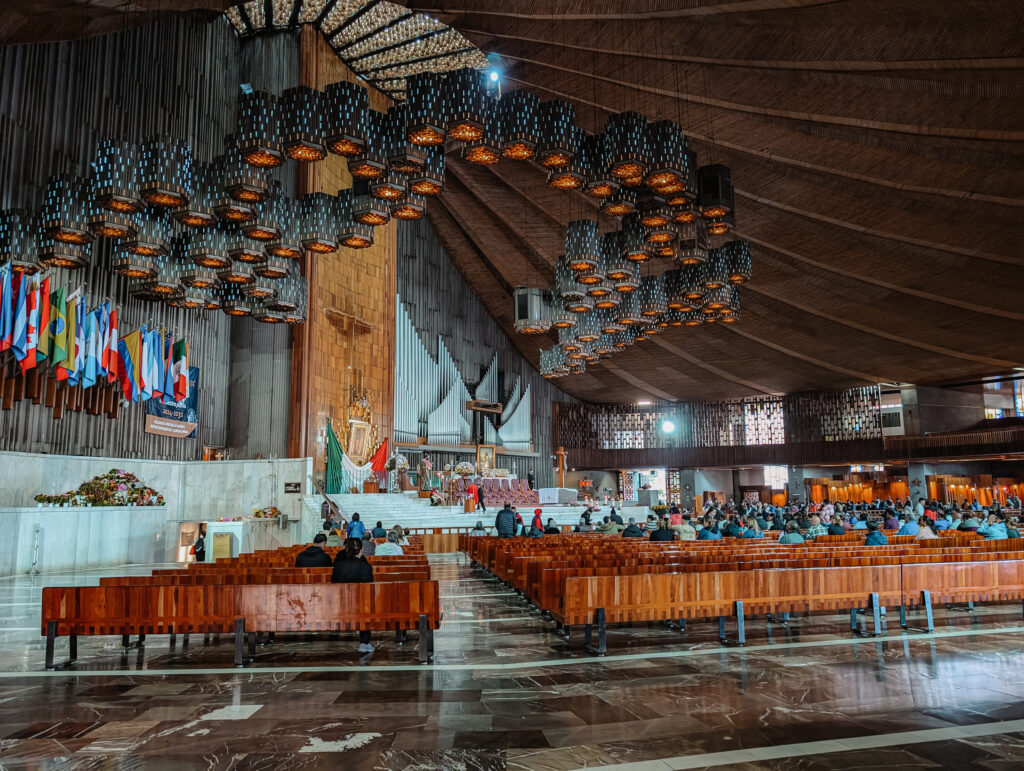
Where to stay in Mexico City
Condesa
For those who are looking for comfort...
An expat neighborhood with restaurants, bars, and boutiques. Close to public transportation.
Polanco
For those who want a luxury experience...
One of the wealthiest neighborhoods with high-end shopping and restaurants.
Roma Norte
For those who want a piece of the culture...
A neighborhood that has maintained its culture and character all while continuing to modernize.
Coyoacán
For those who are not here for the first time...
A bohemian and artistic neighborhood full of residential and peaceful charm.
Day 2: Going Beyond the City Center of Mexico City
Teotihuacan
Teotihuacan is the major archaeological site outside of Mexico City with some impressive stone carvings and large pyramids. This city, unlike Tenochtitlan, was not part of the Aztec (Mexica) empire and was constructed before the empire ruled in Mesoamerica.
Different cultures cohabitated in the city with a number of different temples being found within the central part of the archaeological site. Ultimately, the city was abandoned and its collapse is up for debate: theories include external invasion, internal civil strife, and severe drought; although it is most likely a combination of the three that led to the demise of this city. The Aztecs (Mexicas) did not use the structures of Teotihuacan and nobody lived there when the Spanish conquered the region, allowing it to remain intact and restored to what you can see today.
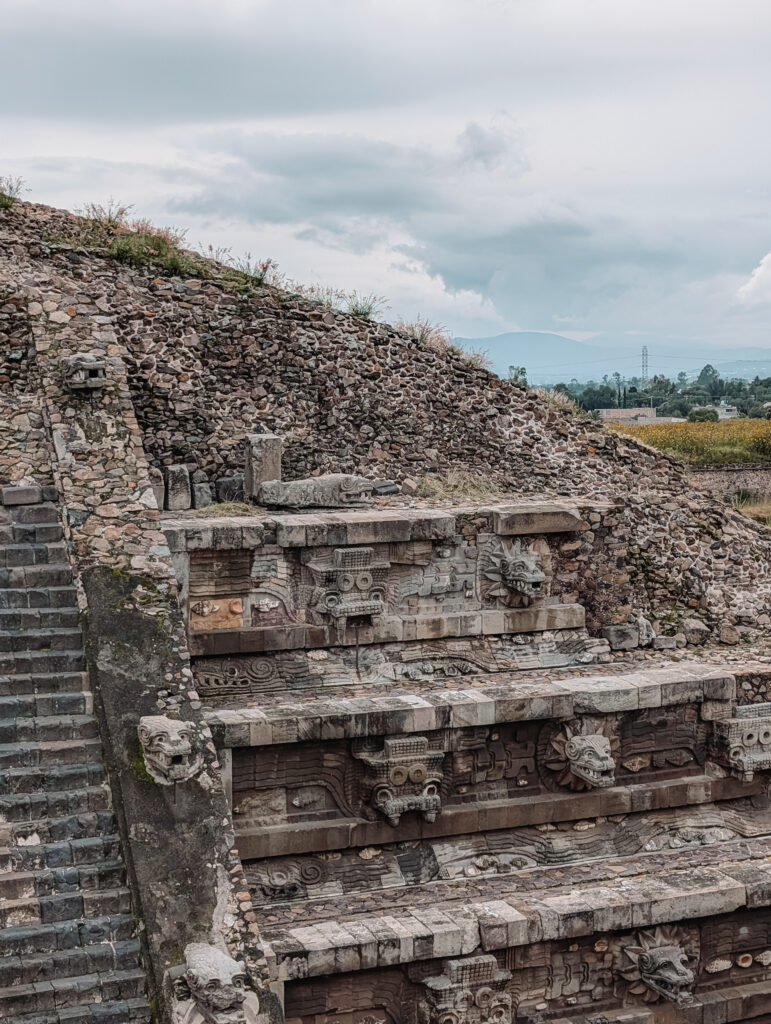
To visit the site, you have three options: the first is to take a tour group to the archaeological site where you will be transported from a designated location in Mexico City to the ruins and get a guided tour of the ruins. There are some tours that include stops at different souvenir destinations, such as artisanal weaving shops. If you only want to visit the archaeological site, you can consider using this tour to see Teotihuacan without the tourist stops.
The second option is to take a bus from the city to Teotihuacan. The bus company is Autobuses Teotihuacan and can take you directly from the terminal central de autobuses del norte to the two main entrances into the site (Puerto 1 and Puerto 2). The bus leaves every 15 minutes starting at 7:00 AM and it is best to take one of the earliest buses possible to have the fewest crowds at the archaeological site. You will want to take the bus to Puerto 1 and leave the site through Puerto 2. You can walk the site alone or hire a guide at the entrance to give you insight into the history and culture of the location. Some highlights to see are the Templo de Quetzalcoatl, the Piramide del Sol, the Mural del Puma (a mural that can still be seen today!), and the Piramide de la Luna.
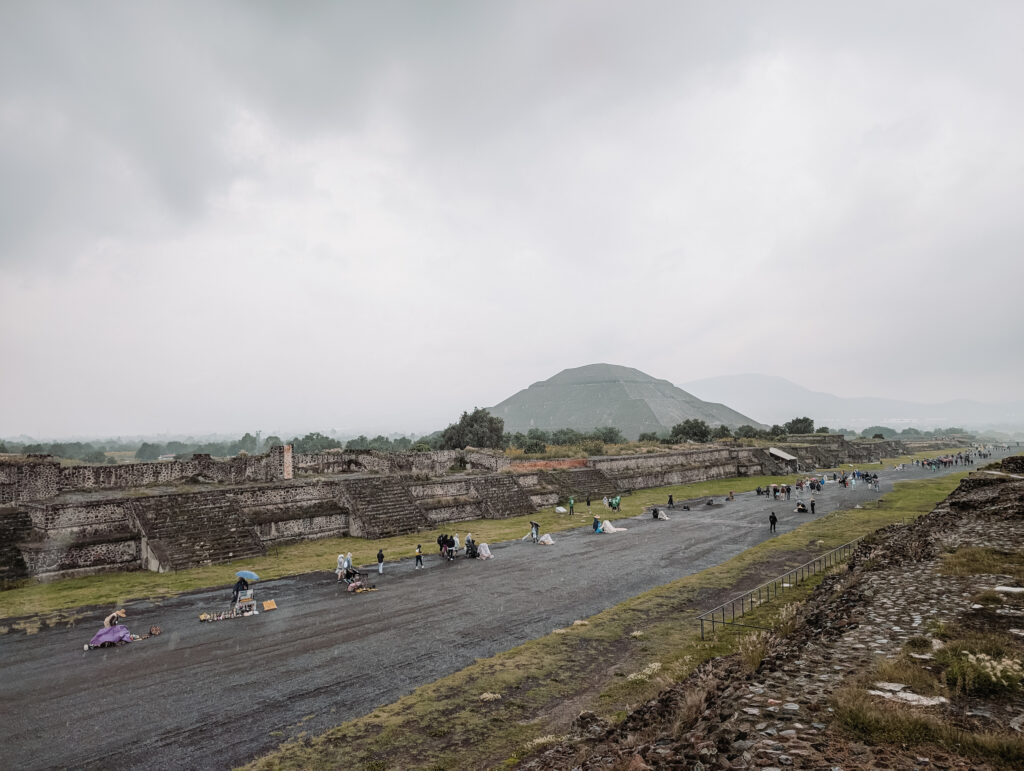
Finally, there are hot air balloon tours that will take you over the pyramid and the site at sunrise. These tours can also include breakfast and a guided tour of the site after the balloon ride. Make sure that you are going with a certified pilot and company if you choose this option and verify that the weather will be nice for the ride.
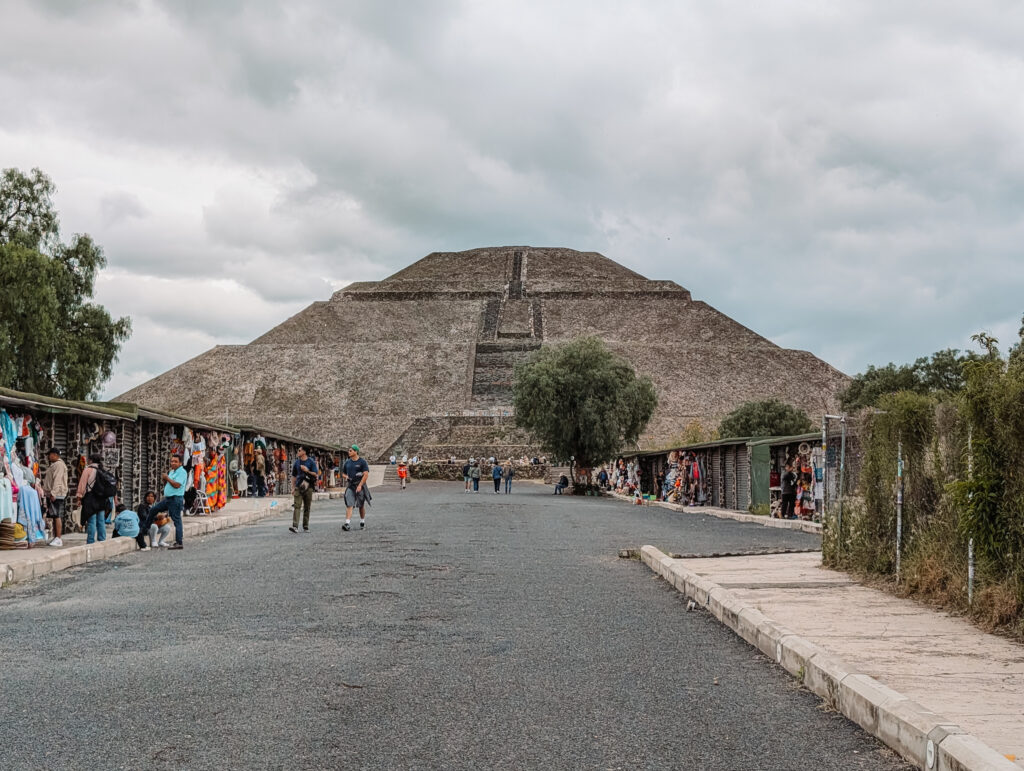
Taco Tour (On your own or with a tour group) in Mexico City
After visiting Teotihuacan, you are going to be hungry. We suggest exploring the street foods of Mexico City through a taco tour, either on your own or with a tour group. We put together this article about how to visit a variety of taco spots and make your own taco crawl around the city. (You can also save all these taco places and consider visiting them throughout your time in Mexico City.)
If you would rather do a group tour of the food scene of Mexico City, there are a few different companies that provide taco tours while biking through the city. (The city is incredibly bike friendly!) You may not get back in time from Teotihuacan to do a group taco tour. Contact the company that you want to use to determine the times of their tours. El Taco Club has a bike tour through Condesa, Roma Norte, and Polanco that takes you to a number of different stops to try a variety of styles of tacos. CDMX Tours has a tour that takes you through the historic center of the city.
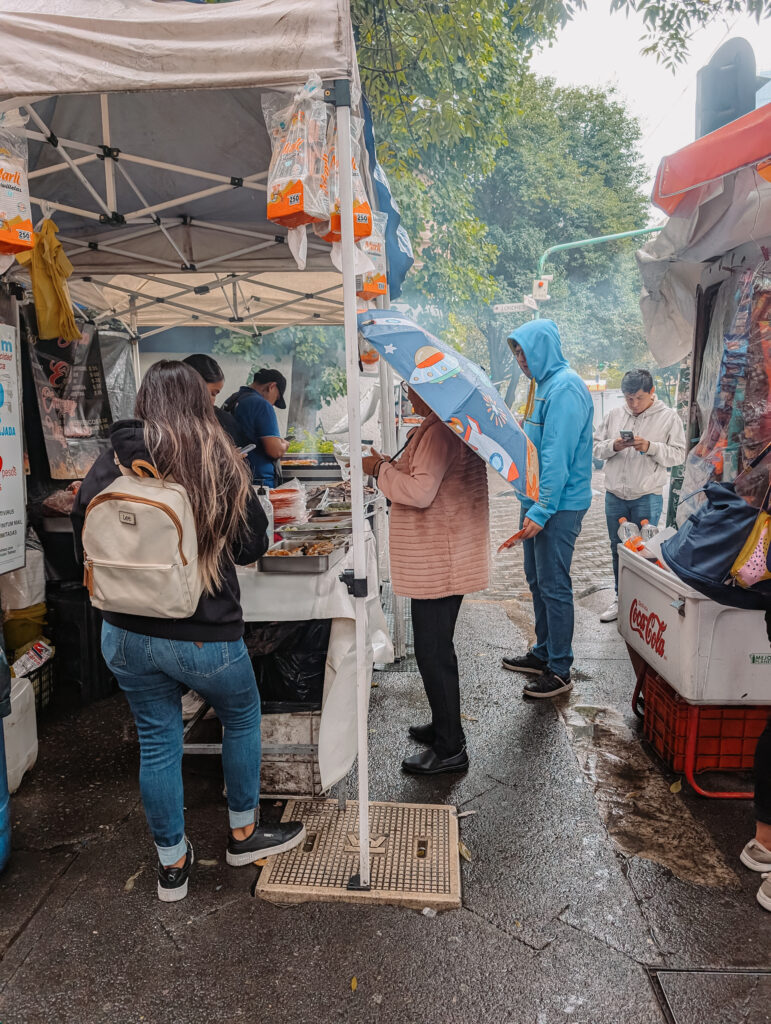
Day 3: It’s Museum Day in Mexico City!
Castillo de Chapultepec
The Castillo de Chapultepec is a castle located on the top of a hill within Mexico City and the only castle actually used by a ruling monarch in North America. (At one point in their history, Mexico was actually a monarch empire!) Later, it was used by presidents as the official residence in Mexico City and ultimately it was turned into a museum that can be visited today.
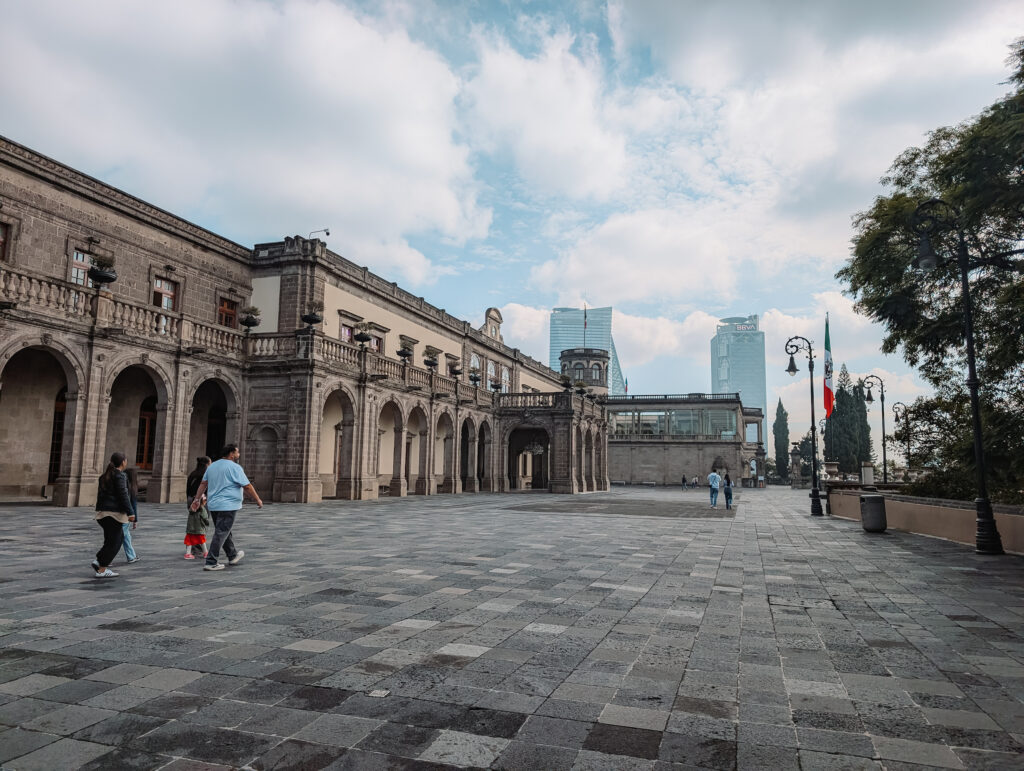
The museum consists of two sections: the first has renovated and maintained rooms within the home with the furniture and style used by emperor Maximilian I and later president Porfirio Diaz to show the story of the castle, the use of the home, and the history of Mexico over the lifetime of the habitation of the castle. The second section dives deeper into the history of independence of Mexico from the Spanish empire and the final overthrow of a monarchy after Maximilian I.
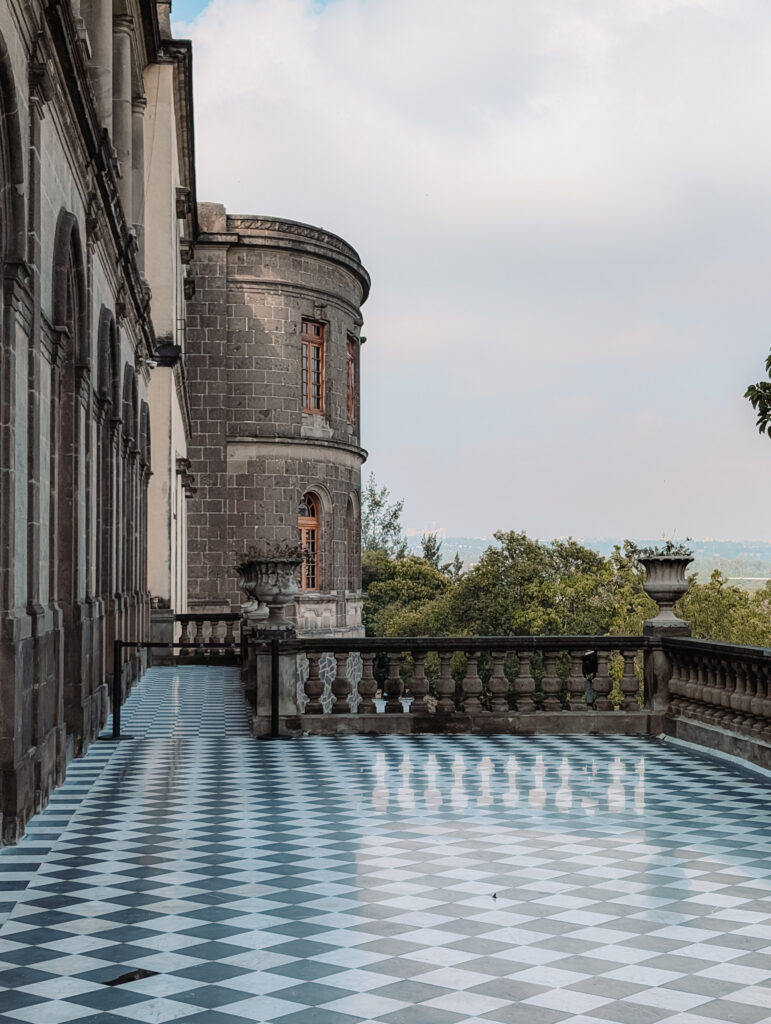
The grounds of the castle themselves are beautiful, especially the rooftop terrace that can be visited and enjoyed, just as the Porfirio Diaz family did back in the day. With its location on the top of a hill, it has beautiful views overlooking the city as well.
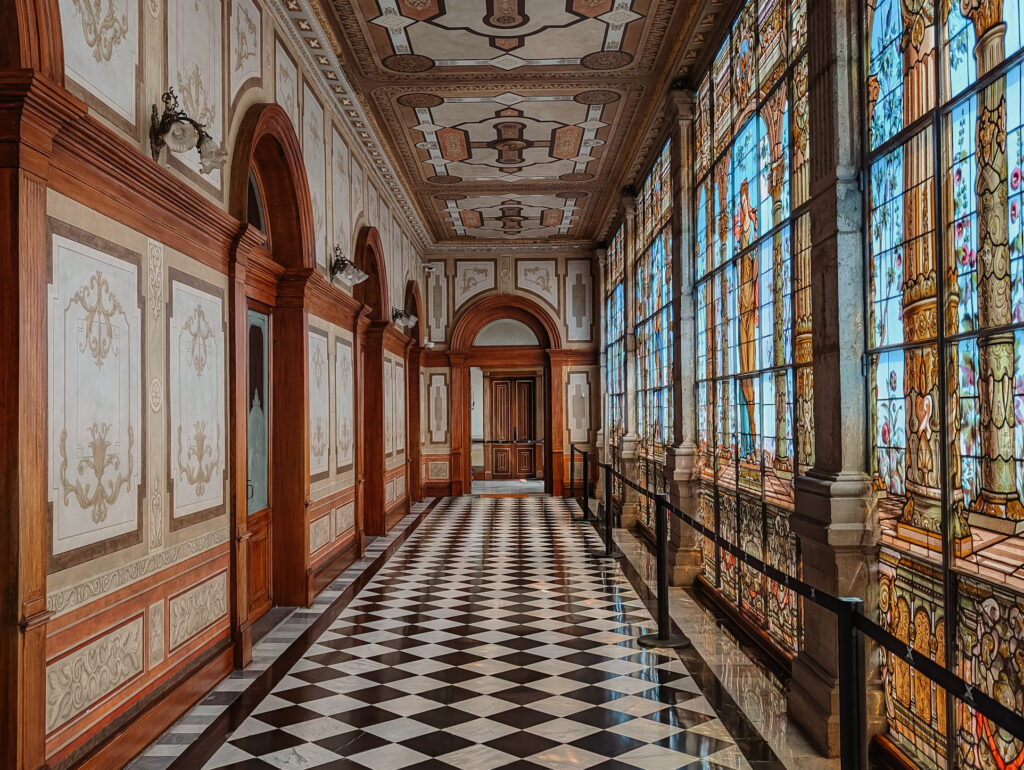
The best time to visit the castle is when it first opens in the morning. You can purchase a ticket at the entrance with cash from a teller or card from a kiosk. Then, you will make your way up the hill, walking for about 5 minutes, before arriving at the gates of the castle. The castle does not allow any food or drinks on the grounds and you will have to empty, or drink, any water you bring with you.
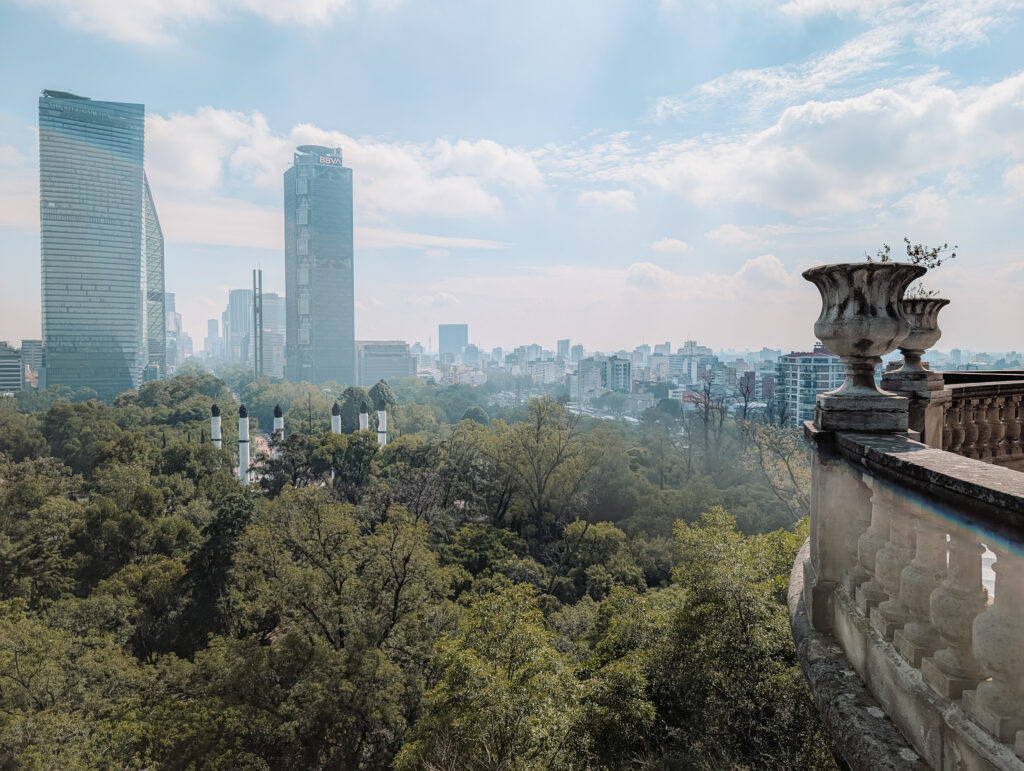
After visiting the castle, you can walk or Uber to your next site, the Museo Nacional de Antropologia. We recommend grabbing something to eat between the two museums to keep up your energy. There are always street food stands in the park with plenty of different snacks to try.
Museo Nacional de Antropologia in Mexico City
The National Museum of Anthropology is considered one of the most important museums in the city. If you only have time to do one activity regarding archaeological sites in the entire country, then this is the place to visit.
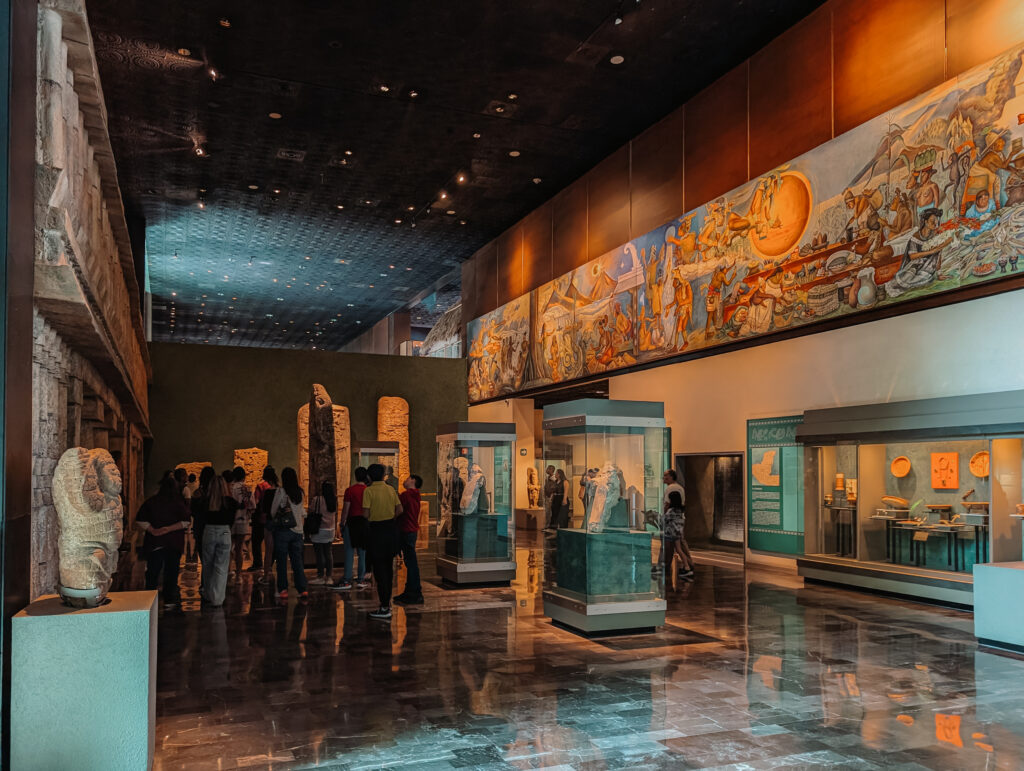
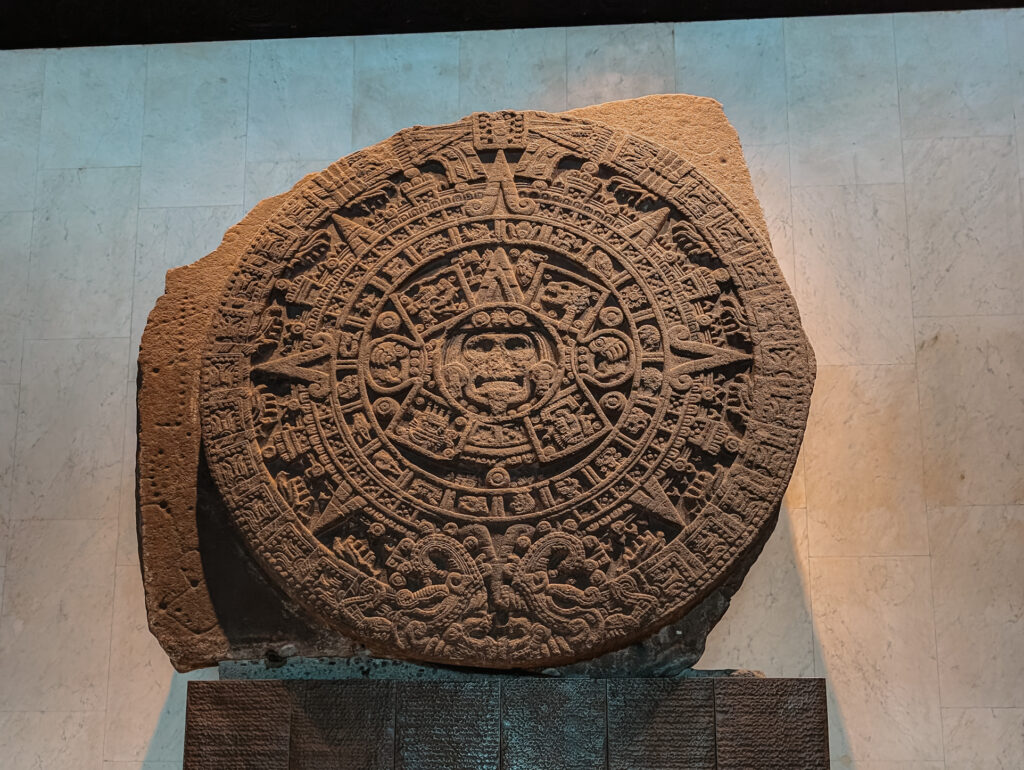
The museum goes through the different societies that have inhabited Mesoamerica over the centuries. The museum combines archaeological and anthropological artifacts to explain the historical, cultural, and technological importance of each of these societies over time. Many of the important panels in the museum are written in Spanish and English, allowing many people to understand the story of the pre-Columbian (before the Spanish colonization) people of Mexico. The museum has also recreated important tombs, parts of temples, and more to truly tell the story of the history of the civilizations that inhabited the different parts of Mexico. You need at least 4 hours to truly appreciate the museum and go through the entire history and the architecture of the museum itself is an impressive structure.
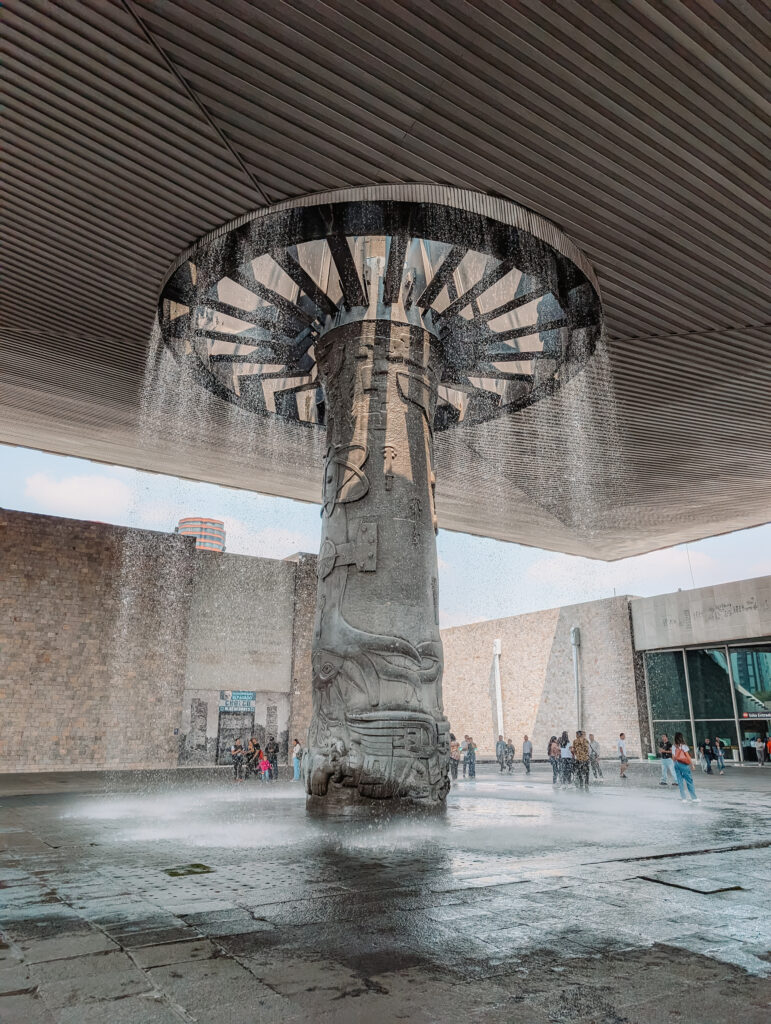
Different Ways to Get Around Mexico City
Public Transportation
The public transportation system is prolific, safe, and clean. With the MetroBus and Metro, you can get around the major traffic issues of Mexico City.
Walking
Walking is the best way to explore different neighborhoods and absorb the culture. Take other forms of transportation between lesser-known areas.
Uber
Uber is a great way to get around the city and removes any communication barrier. Unfortunately, you may end up stuck in traffic with this option.
Day 4: Getting to Know the Art Culture of Mexico City
On this day, we suggest taking this tour to a few other cultural elements of Mexico City that are harder to reach by public transportation and enjoyable to do in a group. If you decide to do the tour, make sure you purchase tickets to the Frida Kahlo museum. If you are not interested in visiting the Frida Kahlo museum or do not like the itinerary presented, you can also visit each of these elements independently or in shorter tour engagements. (We present your other options for visiting each of the parts of the tour in the notes below).
Part 1: Xochimilco
Xochimilco is a neighborhood in Mexico City that continues to have a river network rather than streets throughout. Mexico City is constructed on top of a lake and the entire city was traversed by these canal networks before it was ultimately drained and roads were constructed. (Because the city was built on a lake, a lot of buildings in the historical center are sinking and you can see the tilt of the buildings.) Today in Xochimilco, people hire colorful rafts to spend time on the canals as someone paddles them through the canals. There are vendors throughout who sell snacks, drinks, and mariachi performances to the boats as they pass by.
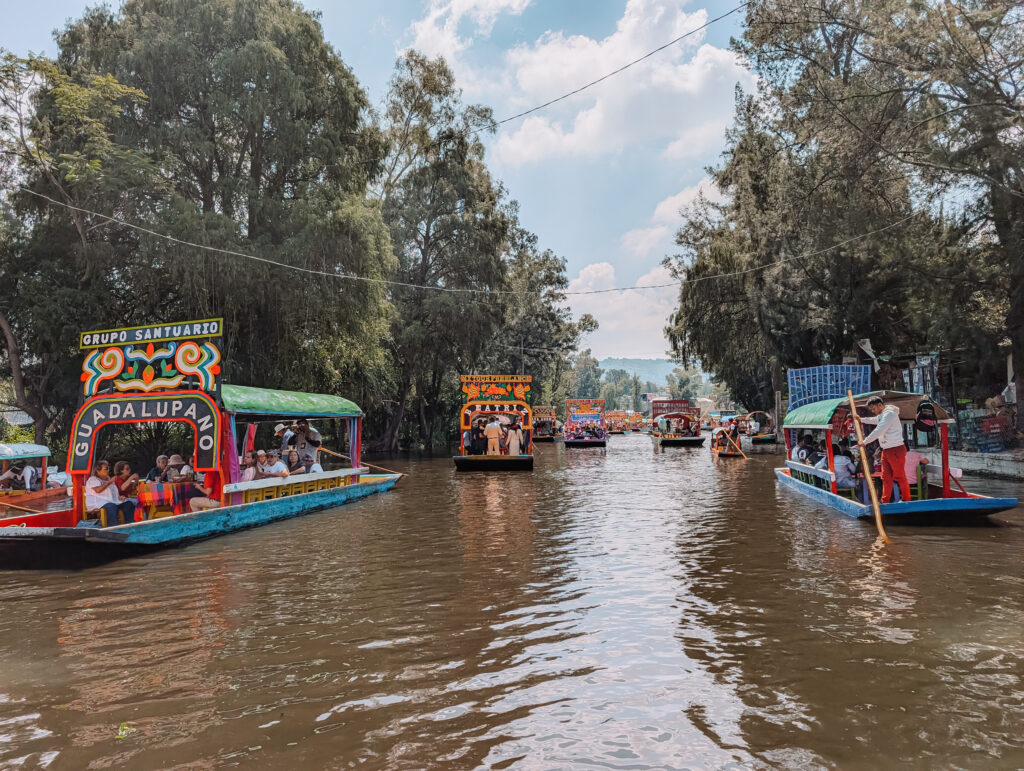
You will find that people spend time on the canals to celebrate birthdays and get together with friends. On this tour, you will get the chance to take a boat tour on the canals for an hour. You can purchase food, drinks, flower headbands, and more throughout the tour and get to really experience this popular activity. Your group can also pool together some cash to hire a mariachi band to play a few songs.
There are a few different options to visit Xochimilco instead of the particular tour that we mention in this article. Xochimilco can be a true party and there are some tours that focus more on that experience with all-inclusive packages and longer amounts of time on the canals. You can also choose to visit Xochimilco on your own and hire your own boat tour. These can last anywhere from 1 to 3 hours, with the longer tours taking you deeper into the canals.
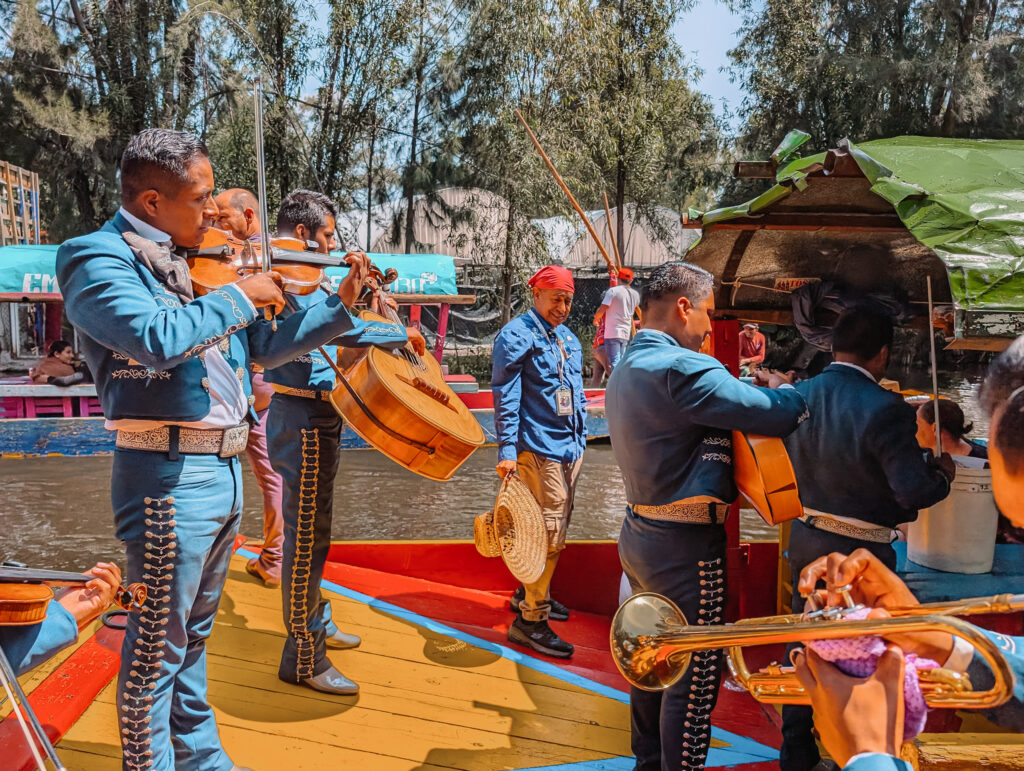
Part 2: UNAM Universidad Nacional Autonoma de Mexico
The second stop on the tour is at the Universidad Nacional Autonoma de Mexico, the main university of Mexico City, and a canvas for different artists to produce some very emblematic artwork that represents Mexico and the social conversations that take place at the university.
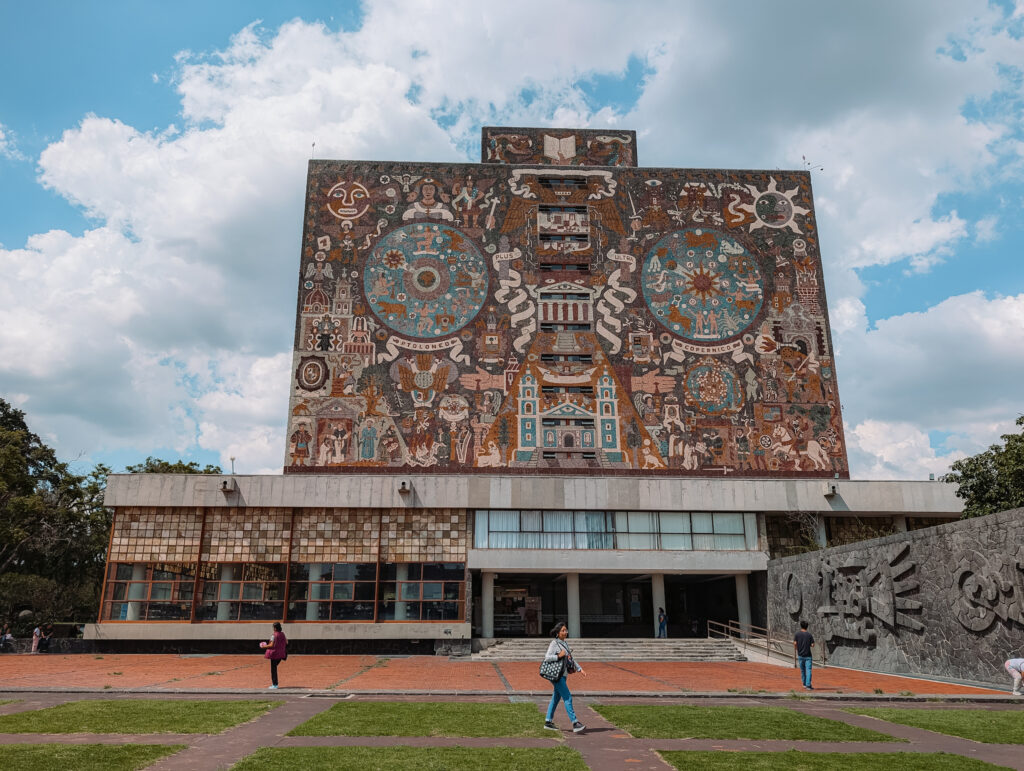
On this particular tour, you are introduced to two different murals that are located in the central square of the university. The first one is Representación Histórica de la Cultura by Juan O’Gorman and is located on the facade of the library and is a mural of mosaics that represents the creation of Mexico City, both prehistorically and after colonization. The second one is Fechas en la Historia de México by David Alfaro Siqueiros and is located on a building on the periphery of the central square and represents the important dates of Mexico that have tested and impacted the democracy of the country. The guides talk about the history of these murals and give you some perspective on their importance. After, you will go to lunch at an optional buffet restaurant. You can always walk to another restaurant in the area if you are not interested in the buffet.
The tour mentioned in this section of the article does not dive deeply into this location. There is so much more to see at the university, including a mural by Diego Rivera. If you are interested in learning more about this particular neighborhood, consider the free San Angel walking tour by Estacion Mexico that takes you through this classic area of Mexico City. If you are particularly interested in art and muralism in Mexico City, you can look into a mural-specific tour, such as this Muralist Art Experience by Mexico a Pie.
Part 3: Coyoacan + Frida Kahlo Museum
After lunch, you will be transported to the neighborhood of Coyoacan, which is a lively and bohemian neighborhood within Mexico City, especially on the weekends. (It is one of the neighborhoods that we mentioned in this article about the logistics of visiting Mexico City as a nice place to stay if you’ve visited the city before.) You will get time to wander through the main plazas and streets of the neighborhood to see the colorful and tree-lined streets that give this area so much peaceful charm. El Kiosko de Coyoacán is also an excellent churro spot to stop by and satisfy that sweet tooth.
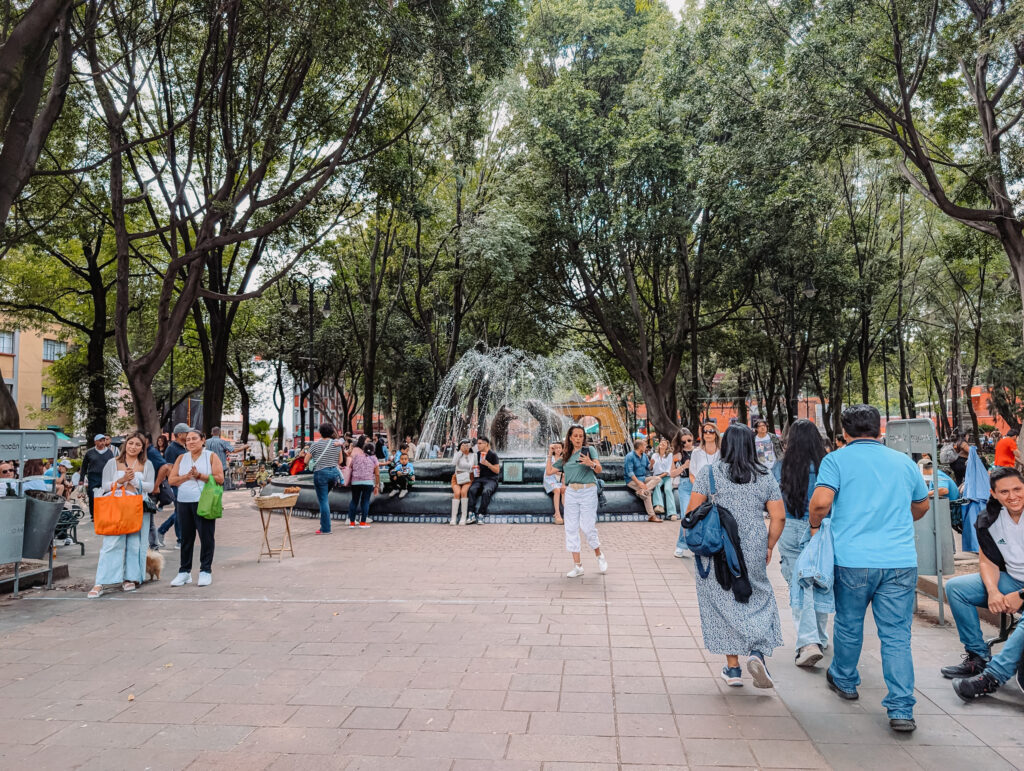
After exploring the neighborhood, you will get the opportunity to visit the Frida Kahlo museum. This museum is an overview of Frida Kahlo’s life, especially since she spent a lot of that life in this particular home. You will walk through explanations of aspects of her childhood, challenging teenage years, through to her marriage with Diego Rivera and ultimately her death. The museum has maintained many items of daily life that were important to her and her life, including her painting studio, her kitchen, her bedroom, and more. Unfortunately, this museum does not have many of her paintings but it does give information on the person that Frida Kahlo was and the life she lived.
It is possible to visit the museum on your own. You need to purchase tickets in advance (and they do sell out) and select a time slot to enter the museum. To get to the neighborhood, you can take public transportation there to the Coyoacan metro station.
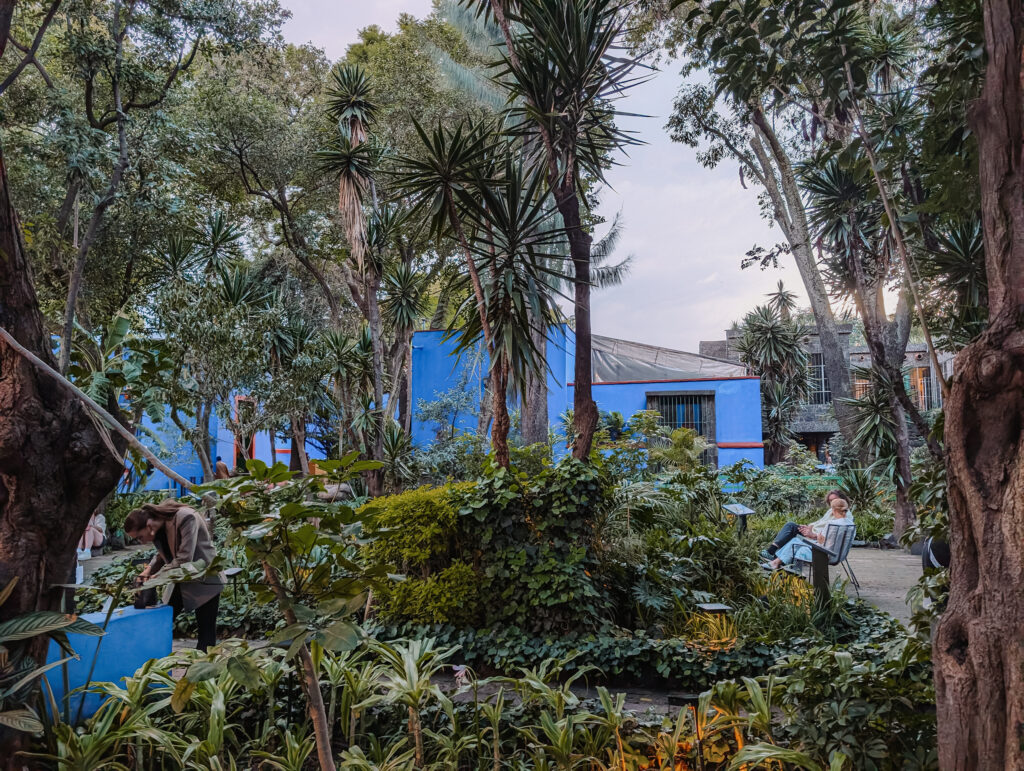
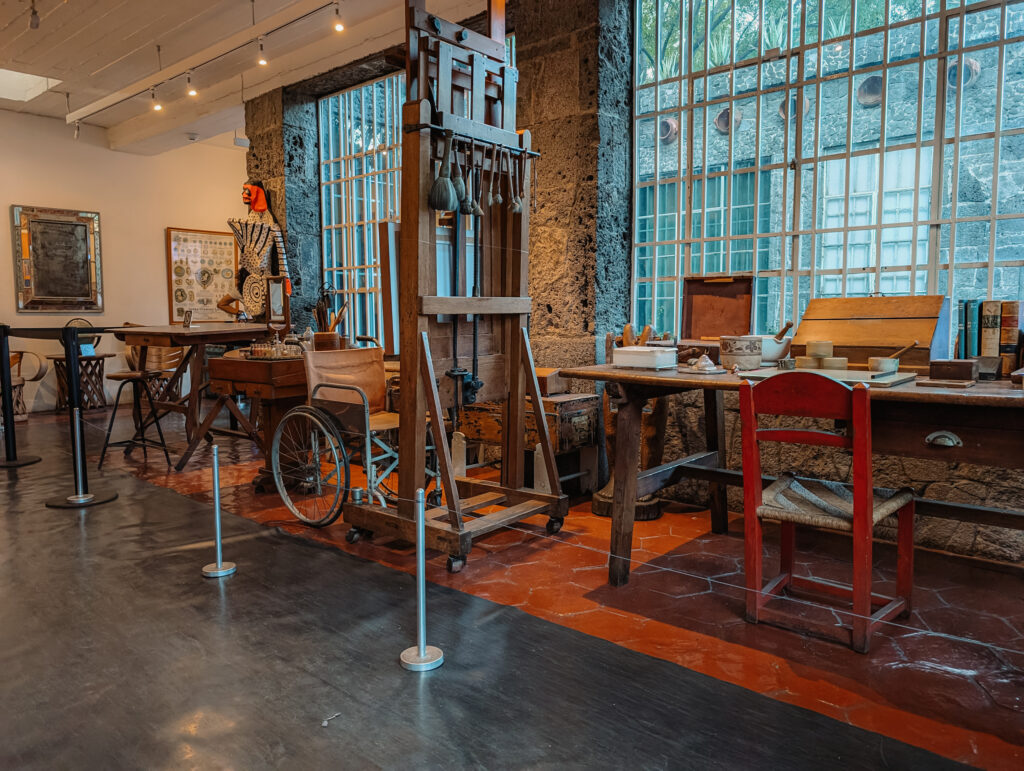
Other Things to Consider Doing in Mexico City
There are so many other things to do in Mexico City that were not mentioned in the itinerary above. These all depend on your interests and the goal you have for your trip. It also depends on the amount of time that you have to explore the city.
Different Activities
- Lucha Libre fight: Going to see a Lucha Libre fight is a must-do to experience a true Mexican cultural event. Luchas (fights) have become a cultural phenomenon since the early 1900s. Today, they are fun fights that include different masked characters who perform high-flying maneuvers. The characters gain popular followings with crowds rooting for different characters based on their allegiance. Overall, it’s a fun cultural event that you can easily attend in Mexico City. Some companies provide tours to organize a viewing of a fight. It is also easy to plan it on your own by purchasing tickets here to see a fight at Arena Mexico, the biggest Lucha arena in Mexico City.
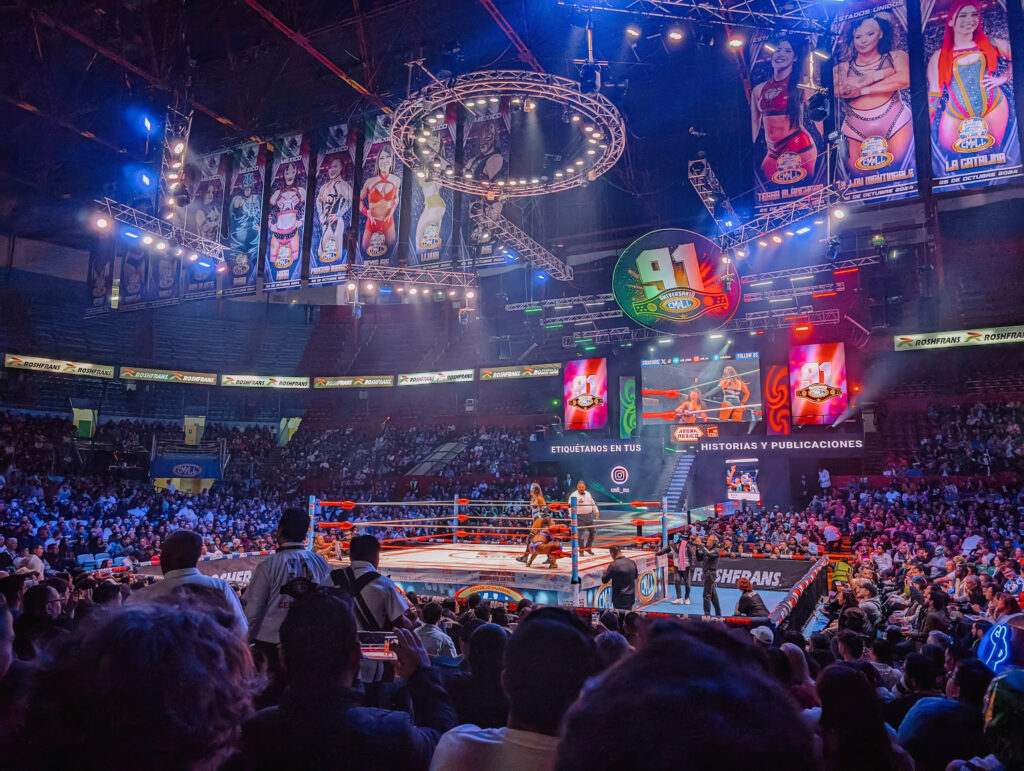
- Mirador Torre Latino: the first successful skyscraper to be built in a heavy seismic zone. Today, you can visit its top floors and observation deck to see a 360 degree view of the city below you.
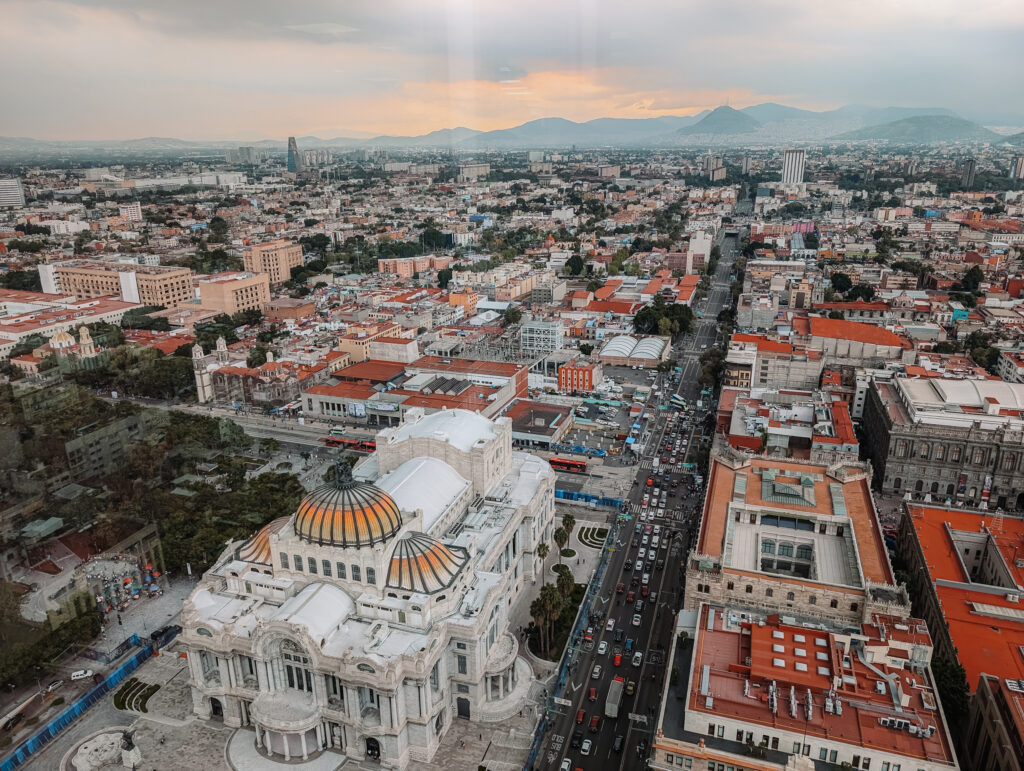
Museums to Explore
- Palacio de Bellas Artes: an art museum and cultural center. Most significant are the numerous murals within the building by artists Jorge González Camarena, Diego Rivera, David Alfaro Siqueiros and more.
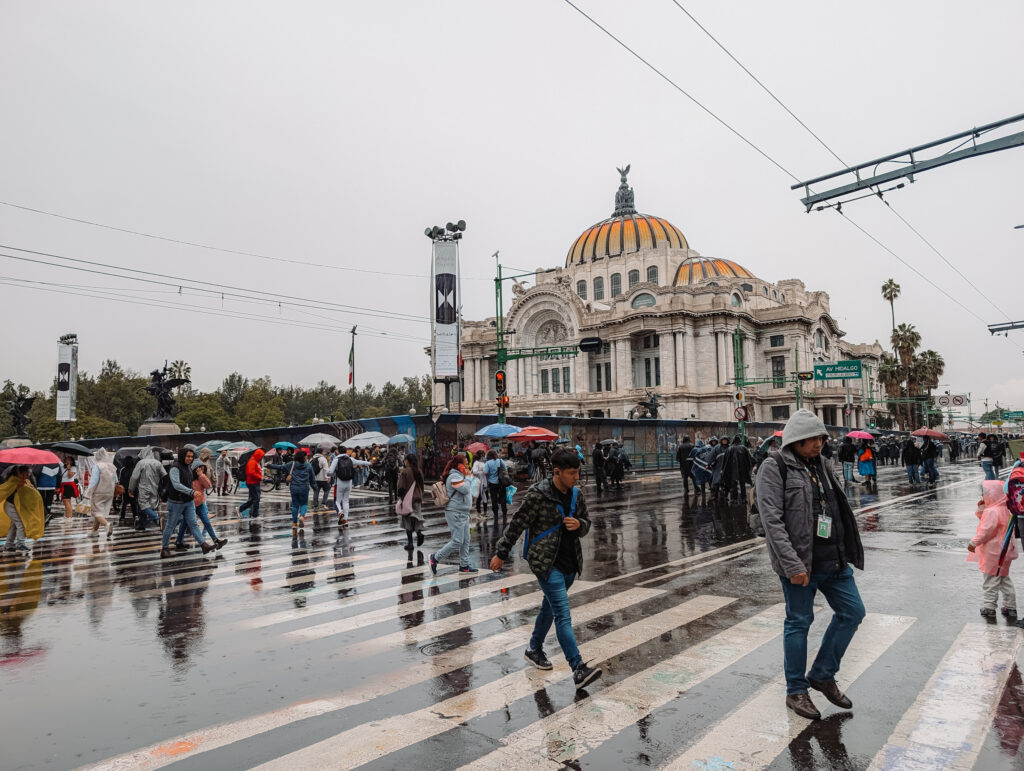
-
- Museo de Arte Popular: (Folk Art Museum) focuses on art and handicrafts from the artisans and indigenous people of Mexico.
- Casa Gilardi: an architectural gem, designed by Pritzker Prize winner, Luis Barragan. (He designed multiple different buildings within Mexico City.) The architecture of the building is a museum in itself, celebrating Mexican culture through colors, landscape, textures, and light.
- Museo Soumaya and Museo Jumex: located right next to each other and display collections of international classic artwork and contemporary artwork respectively. Both museums are free so they are easy to zip through as needed.
- National Museum of Art: (also known as MUNAL) exhibits art from the Spanish colonial area to the middle 20th century from local Mexican and indigenous artists.

